CROSSCREEK IS HERE TO HELP YOU WITH
LAKE & POND MAINTENANCE
CALL NOW TO SPEAK WITH AN EXPERT

HOW WE HELP PRESERVE THE HEALTH OF YOUR LAKE OR POND
We're equipped with 15 years of proven lake maintenance strategies to properly maintain the beauty of your lake or pond.
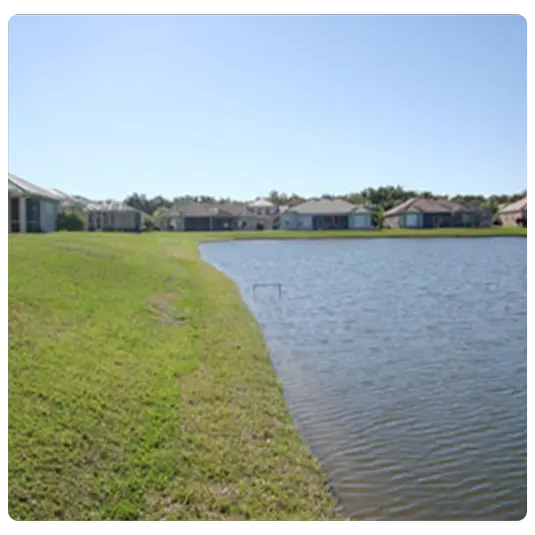
Lake Bank & Pond Stabilization
In order to preserve the shoreline of your lake or pond, we implement specific stabilization methods to keep your water source in top shape.
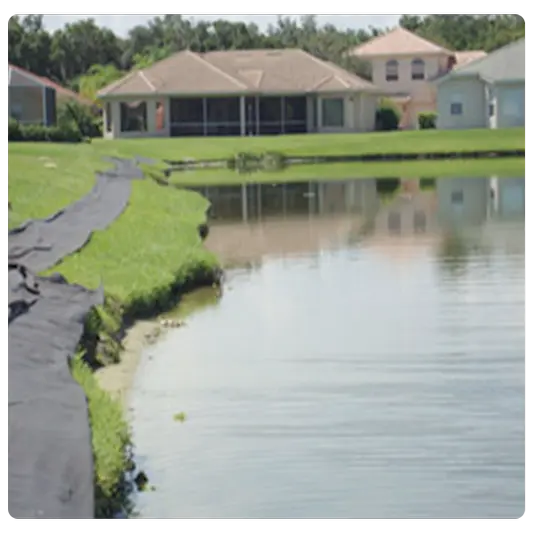
Lakeshore & Pond Restoration
We implement our different restoration tactics to bring your pond or lake back to it's natural conditions.
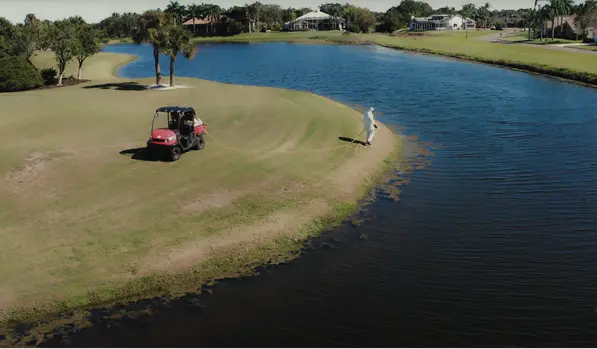
Lake & Pond Maintenance
It's no secret, having routine maintenance is the ultimate factor in preventing any ecological issues in your lake or pond.
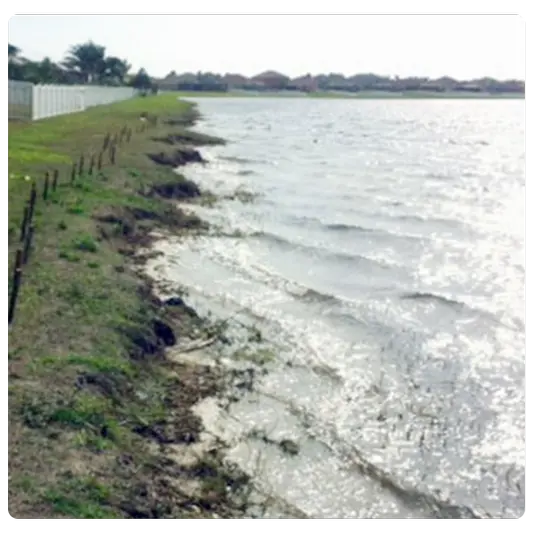
Lake Bank Erosion Control
If you're banks are receding, soil is building up on the shoreline, or your water is getting shallower, we know what it takes to fix the problem.
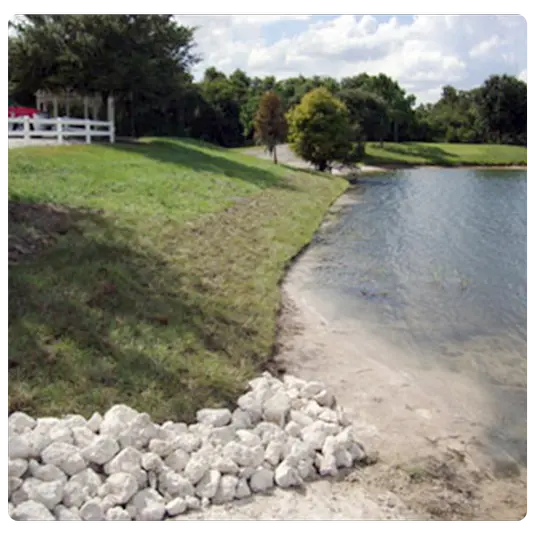
Riprap Installation
For erosion control projects, we recommend the use of riprap–clean construction rubble and rock against shoreline erosion.
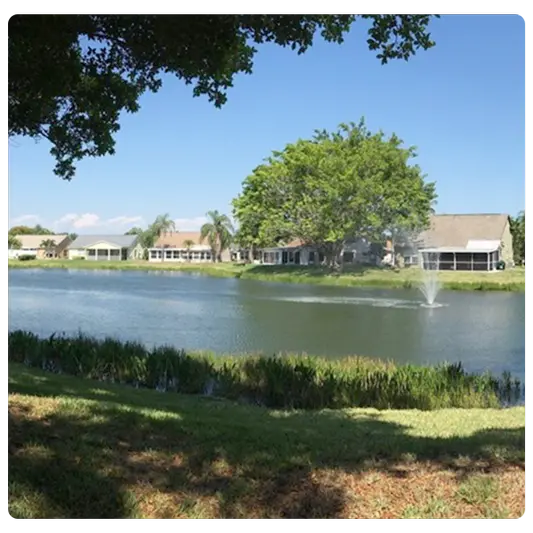
Littoral Shelf Planting
We help filter out the nutrients and minerals in your water source by planting a littoral shelf and allowing those nutrients to flow out of the source.
WORK WITH CERTIFIED AND LICENSED PROFESSIONALS
Crosscreek Environmental has received the Commercial/Public Herbicide Applicator Certification from the Florida Department of Agriculture & Consumer Services and will handle your project every step of the way.

STEP 1
Engineering & Design

STEP 2
Permitting & Installation

STEP 3
Management & Maintenance
FREQUENTLY ASKED QUESTIONS ABOUT LAKE & POND MAINTENANCE

IF OUR CUSTOMERS AREN'T HAPPY, NEITHER ARE WE.
The team did a great job on my project. Derek was the GM, Danny was the PM, great guys - awesome work. I would recommend them.
ERICA COLLINS | GOOGLE REVIEW
Best Land Management & Lake Maintenance company around!
MIKE D. | GOOGLE REVIEW
Excellent company with knowledgable and friendly staff.
DANNY DUNN | GOOGLE REVIEW
REQUEST A QUOTE FOR OUR ENVIRONMENTAL SERVICES
Fill out the form in minutes and we will call to discuss your water restoration or preservation project.


